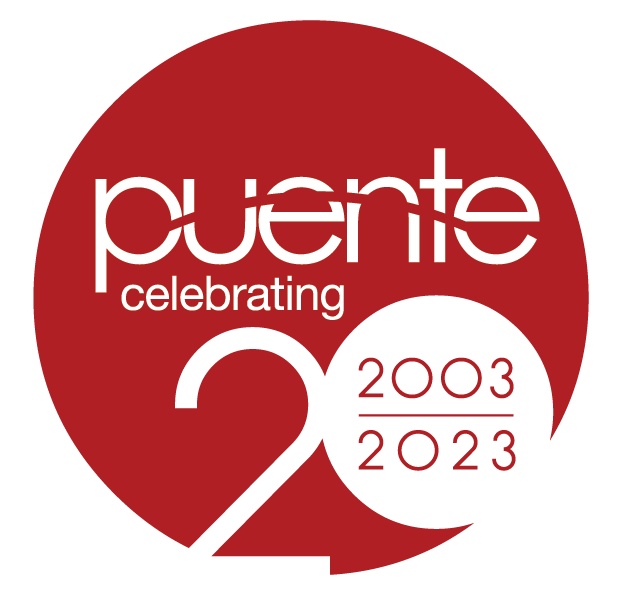If one thing is clear as we start 2019, it’s that America is changing. According to a Claritas report (registration required), in the United States today, there are 131 million multicultural Americans, making up 37.5% of the U.S. population, with Hispanics accounting for the largest portion at 19.6%.
Minority groups now represent the majority of the population in more than 400 U.S. counties. There can be no doubt that America is becoming multicultural and that Hispanics are a significant part of this change.
Although some brands are starting to face the facts, there is a still a long way to go before advertisers understand the U.S. Hispanic market and unlock its potential.
What’s Changed
From the enormous success of Black Panther and Crazy Rich Asians to the rising popularity of Hispanic celebrities like Cardi B, America has changed a lot in the past year. We’ve seen advancement in film representation, a resurgence in cultural and political movements, and the continued popularity and application of technology like smart homes and streaming media. And 2019 will be no different, with these changes impacting not only the people living in the U.S. but also brands across industries that will have to evolve with the changing American landscape.
According to 2017 estimates from the Census Bureau, there are over 58.9 million Hispanics living in the United States, and by 2030, U.S. Hispanics are expected to reach more than 72 million. More than that, this growth doesn’t just mean more Hispanics, it also means a transformation of the Hispanic market.
Hispanic consumers today are not the same as Hispanic consumers from years back. They are now the youngest ethnic group in America with the median age being 28. Realizing their youth is crucial for advertisers as it influences their media consumption habits, the technology they use, their abundance in prime spending years, and much more. Hispanics — especially in the younger age groups of the U.S. population — are also increasingly more diverse than older Americans. As a matter of fact, almost half of the U.S. millennial population will be multicultural by 2024 (registration required).
Brands looking to reach younger consumer groups, specifically those who are Hispanic, will need to adapt their advertising campaigns to include relevant messaging and delivery at the right time and on the right platforms. Like many others, Hispanics like to see themselves reflected in the things they care about or the products they purchase.
They respond to messaging that speaks to Hispanic customs, values and culture. Advertisers can engage with Hispanics in various ways, such as through language like Spanish/bilingual creative, through word of mouth and trusted Hispanic social influencers or on digital platforms, especially those using music and video content, which we’ve seen becoming increasingly popular among this audience.
In a report by PwC, the majority of first-, second- and third-generation Hispanics said they were drawn to content that reflects their culture. Hispanics consume content differently than non-Hispanics, and brands will have to understand how to ensure their advertising strikes a chord. One way to do this is for advertisers to realize that when it comes to Hispanics, not all campaigns are created equal, and a large part of that is due to the diversity that exists within the U.S. Hispanic population depending on age, language, nationality and other factors.
For example, Spanish content broadcasted through traditional television networks will reach older Hispanics who are more likely to be foreign-born or first-generation as well as Spanish-dominant. And Spanish or English content amplified on digital platforms is more likely to reach younger, U.S.-born Hispanics who are acculturated and/or bilingual. In order to ensure campaign effectiveness, brands must gain insight into the Hispanic segment they are trying to reach and tailor their campaigns to ensure that it remains authentic and resonates with their intended U.S. Hispanic consumers. Because Hispanics are the youngest ethnic group in America, they have more spending years than non-Hispanics. So a factor like age in a campaign could not only affect the platforms that brands need to advertise on, but also the size of the audience their campaign will influence.
One thing that brands can bet on is that Hispanics of all ages remain digital-first consumers. Being early adopters of emerging technologies like the smartphone and other smart devices, Hispanics lead very engaged online lives and consume content mostly on their mobile devices.
According to a PwC report, “The vast majority of Hispanic consumers — 90% — stream video on either a smartphone or tablet, 10% more than non-Hispanic consumers.” Even further, Hispanics do not just use the internet to consume content but to create a digital community of friends and family. The same report shows that about half of Hispanic millennial consumers said they use Snapchat as a way to keep connected to friends and family, 20% more than non-Hispanic millennials.
It should come as no surprise then that U.S. Hispanics spend more time on social media every day and are nearly twice as likely to spread information and review products and services online than their non-Hispanic counterparts. In addition, U.S. Hispanics agree that digital platforms are key to staying connected to their culture, meaning that brands that focus their 2019 campaigns on being culturally-relevant are more likely to reap the benefits of this digitally engaged audience.
Where We’re Headed
Hispanics today are making strides in education with high school graduation and college enrollment increasing. We’re also seeing growth in regards to household income, with the median Hispanic income growing by 20.7% in the last five years and outpacing non-Hispanic households.
Combined with their youth, investing in the Hispanic market today means building a lasting relationship with involved consumers who are brand loyal and have more buying years than non-Hispanics.
What’s Next For Brands
This is the year for brands to recognize the potential and power of U.S. Hispanics. Brands that can get in front of this audience with the right message can make a lasting impression among the new American mainstream paving the way for how this underserved audience thinks and makes purchase decisions for years to come.

